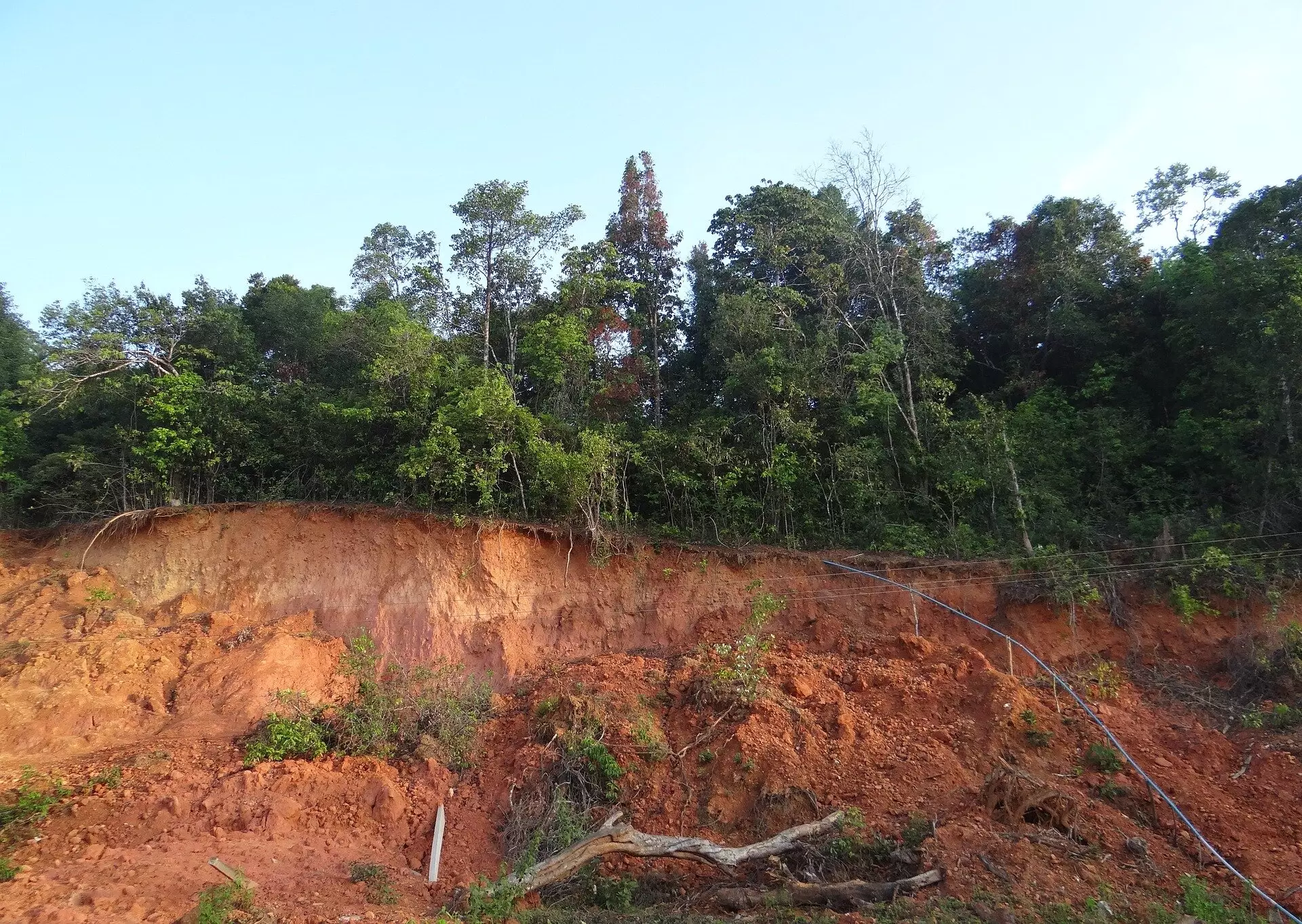Trace metals, such as zinc, play a crucial role in the proper functioning of animals and plants. While animals acquire these nutrients through their diet or environmental exposure, plants obtain them from the soil. Deficiency or excess of trace metals can have detrimental effects. It is estimated that up to 50% of trace metals in urban environments and soils may be bound to the surfaces of mineral grains, making them unavailable for consumption or exposure.
Researchers at Washington University in St. Louis undertook a study to understand what holds trace metals in place when they bind to minerals. Led by Professor Jeffrey G. Catalano, the team discovered that goethite, a common iron-rich mineral found in soils worldwide, tends to incorporate trace metals into its structure, effectively locking them out of circulation.
The study revealed that the amount of trace metals bound to goethite was directly proportional to the size of the ion. For example, up to 70% of nickel, which has the smallest ionic radii in the study, was non-recoverable, while only 8% of cadmium was irreversibly bound to goethite. This finding suggests that smaller ions are more likely to become trapped within the goethite structure.
Traditionally, studying how trace metals bind to mineral surfaces required chemical alterations that did not accurately represent real-world conditions. However, the researchers used a novel approach called isotope exchange, which allowed them to track the binding, detachment, and incorporation of metals into goethite in real-time and under conditions representative of natural soils and river systems. This method provided valuable insights into the behavior of trace metals in the environment.
Understanding that goethite naturally traps trace metals over time can improve predictions regarding the movement of contaminants in the environment. Additionally, this research suggests that the effectiveness of trace metal nutrients added to farm and garden soils may diminish over time. While goethite’s ability to trap contaminants is beneficial for cleaning up soils and water supplies, it also poses a challenge for essential trace metal nutrients that are unavailable to plants and other organisms.
The findings of this study highlight the need for further research into the behavior of trace metals and their interactions with minerals in the environment. It is essential to gain a comprehensive understanding of how trace metals are bound and released to mitigate the potential negative impacts on both human and environmental health.
The study conducted at Washington University sheds light on the role of goethite in the binding of trace metals. Goethite’s ability to incorporate trace metals into its structure over time provides insights into the behavior and fate of these elements in the environment. This research contributes to our understanding of the environmental impact of trace metals and their availability as essential nutrients. It underscores the importance of considering the effects of mineral interactions on both contaminants and essential nutrients in soil and water systems. Continued research in this field will help inform strategies to minimize the negative implications of trace metal binding while maximizing their benefits for the environment and living organisms.


Leave a Reply